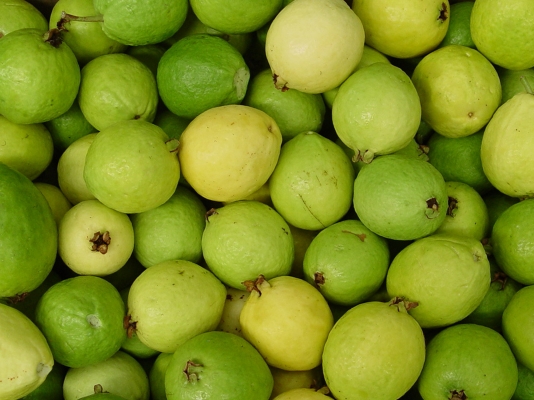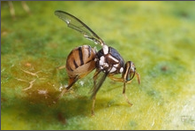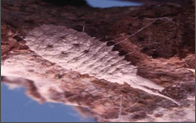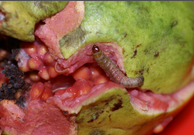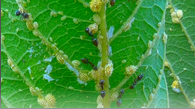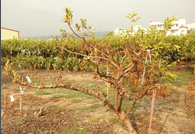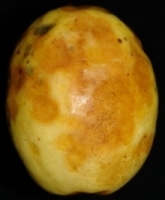Allahabad Safeda: Dwarf variety with round crown and spreading branches. Fruit is smooth, round and flesh is of white color with pleasant flavor.
Banarasi Surkha: Green shiny color leaves, long trees which bears good yield giving variety, fruits are medium sized, creamy color, flesh is pinkish in color, lot of seeds. Early maturing variety.
Lucknow 49 (Sardar Amrood): Variety is prepared from Allahabad Safeda, large sized fruit, rough peel, white flesh, small sized plant but is relatively larger than Allahabad Safeda. Flesh is of creamy white, smooth, juicy with rich test.
Hissar Safeda: Sankar variety which is prepared by crossing between Allahabad Safeda and Seedless Amrood. It has straight trees, round fruits which are shining, white flesh, less seeds, more juicy and good taste.
Hissar Surkha: Sankar variety which is prepared by crossing between Apple color Amrood and Banarasi Surkha. It has long trees, medium spreading, round fruits, peel are light in color, flesh is pink in color and is juicier.
Other state varieties:
Lalit: Released from Central Institute for Subtropical Horticulture. It has pink color inner flesh and outer skin is saffron in color. It gives 24% more yield than Allahabad Safeda. Suitable for both eating and resource purpose. The plants are provided by the institute at low prices.
CISH-G-1: It has deep red color fruits which are sweet in taste. It has attractive fruits which has soft seeds. Suitable for export purpose.
CISH-G-2: Fruits contain red color flesh having white lines on skin. The fruit contains soft seeds.
CISH-G-4: Fruits are round in shape and is sweet in taste. Fruits contain moderate soft seeds. This is a good yield potential variety.
Allahabad Surkha: Seedless variety. Large fruit with uniform pink color flesh.
Apple guava: Pink colored medium size fruits. Fruits having sweet taste with good keeping quality.
Chittidar: Popular variety of Uttar Pradesh. Fruits are similar to Allahbad Safeda variety except these fruits having red dots on skin. Its TSS content is higher than Allahbad Safeda and L 49 variety.
Arka Amulya: Dwarf variety with compact, round crown with dense foliage. Fruit is of large size, smooth, round and having white flesh. TSS ranges from 9.3 to 10.1%. Gives average yield of 144 kg per tree.

